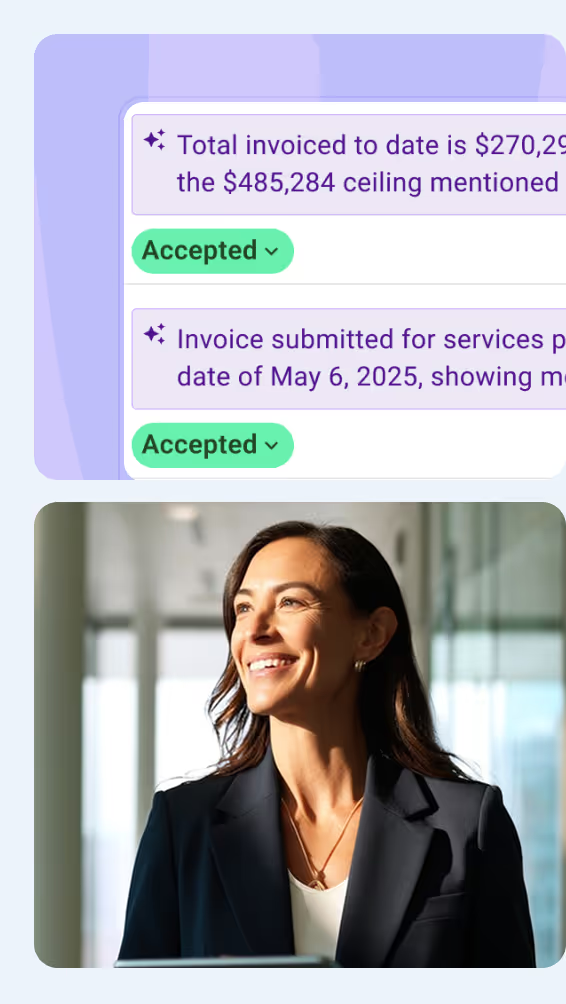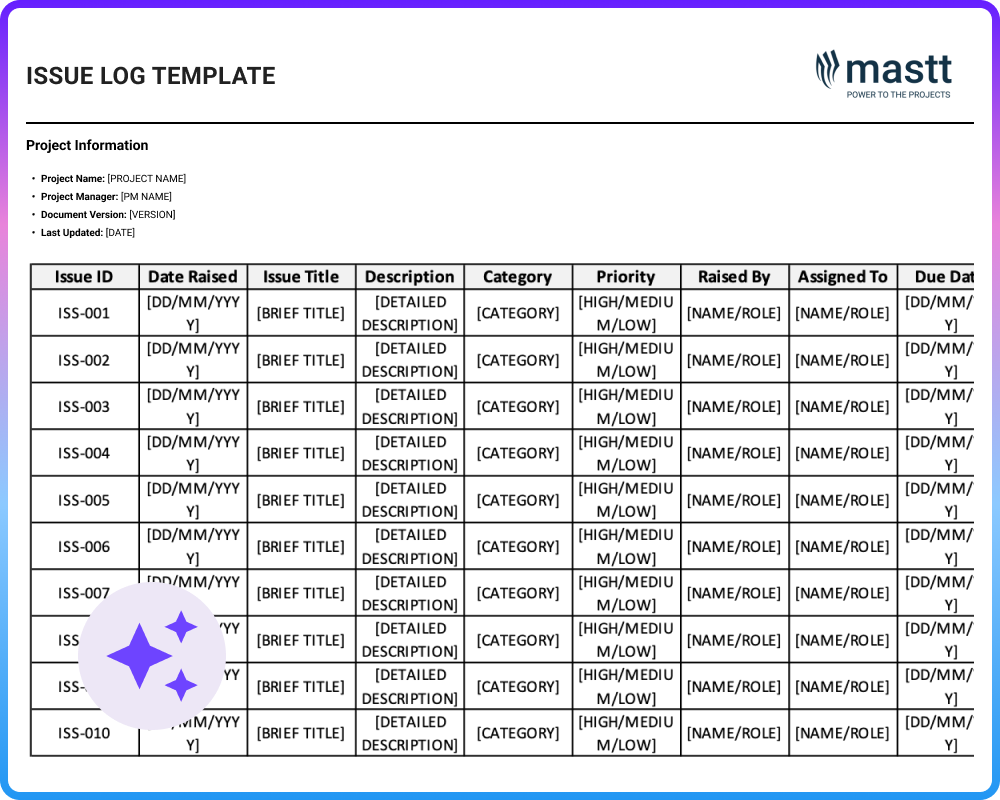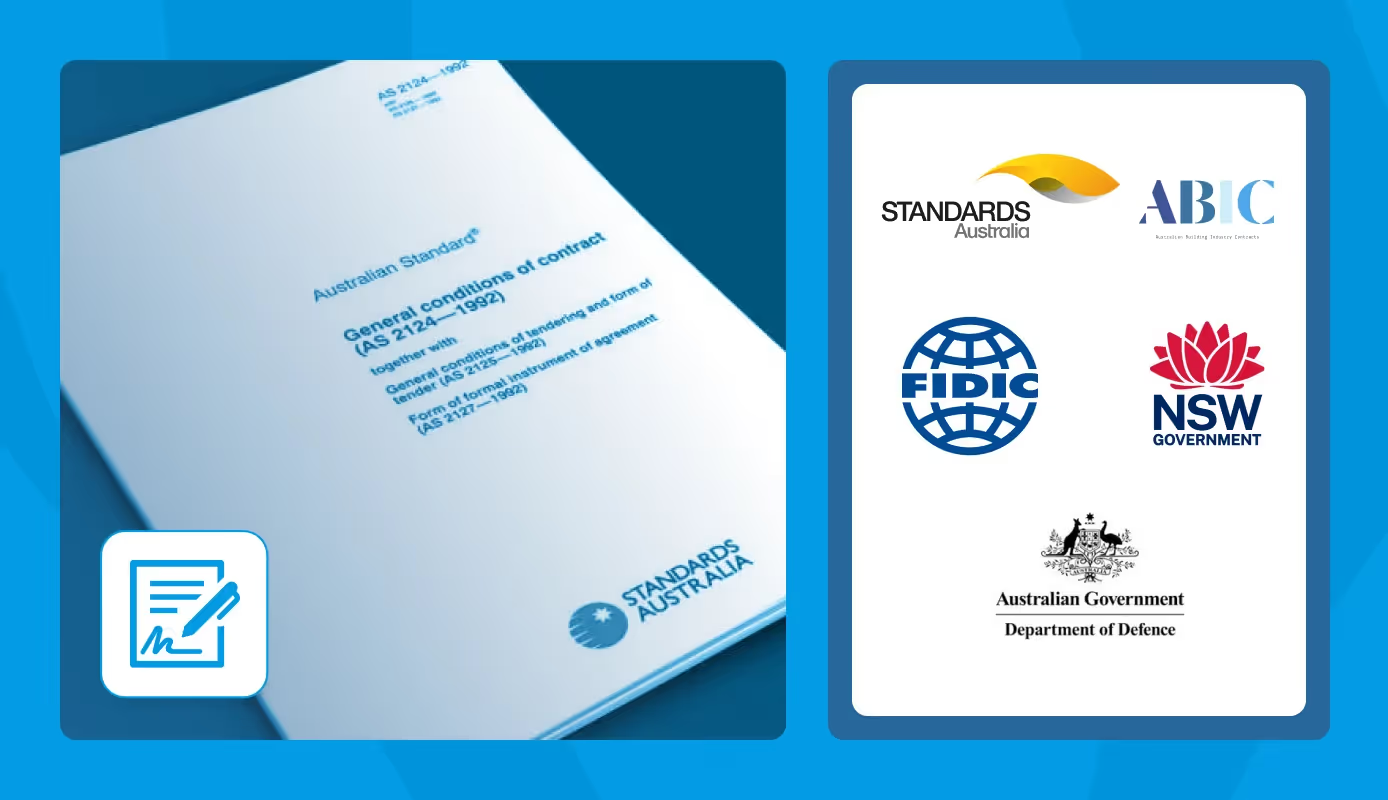The defects liability period, or DLP, is the final safeguard between practical completion and a truly finished project. It’s the set timeframe when contractors must return to fix defects in their work at no extra cost.
In construction, DLP protects clients, keeps contractors accountable, and can be the difference between a smooth handover and months of headaches. If you’re planning, managing, or handing over a project, understanding how the DLP works will help you protect your investment and avoid costly disputes.
What is the Meaning of DLP in Construction?
The meaning of DLP is defects liability period, a contractual phase that begins after practical completion of a construction project. During this period, the contractor must fix defects in their work or materials without charging the client. It acts as a safeguard to ensure the completed project meets the agreed standards before final handover.
Key points to understand about the DLP are:
- Starts after practical completion: The DLP begins once the project is considered safe, functional, and ready for use.
- Duration is set in the contract: Commonly ranges from 6 to 12 months, depending on project type and complexity.
- Covers workmanship and materials: Applies to defects caused by poor workmanship, faulty materials, or non-compliance with specifications.
For example, if a newly built office develops water leaks or uneven flooring during the DLP, the contractor is obligated to return and repair these issues at no cost. This phase helps clients protect their investment and ensures contractors deliver the quality promised.
For a deeper dive into the broader topic, check out this resource on Contract Administration.
Why is the Defects Liability Period Important?
For project owners, client-side project managers, and consultants, the DLP is important because it protects financial outcomes, prevents operational setbacks, and strengthens your position in finalizing the project. It keeps leverage in your hands until every contractual requirement is met.
Key reasons DLP matters for your role include:
- Protects capital investment: Prevents unplanned spending on repairs after completion.
- Ensures delivery quality: Forces resolution of issues before they can affect asset performance.
- Holds contractors accountable: Maintains pressure to meet contractual obligations.
- Reduces post-handover risks: Stops defects from disrupting operations or occupancy.
- Minimizes disputes: Encourages timely resolution before issues escalate into legal claims.
Ultimately, the DLP matters because it’s the final stage where you can enforce quality, protect budgets, and close out the project on your terms, without absorbing the cost or burden of fixing defects yourself.
Key Features of the Defects Liability Period
To fully understand the DLP, it’s helpful to know its defining features:
1. Begins After Practical Completion
The DLP starts once the project reaches practical completion. This milestone signifies that the building or infrastructure is safe and functional, even if there are minor touch-ups or incomplete non-critical items.
For instance, in a residential building, practical completion might mean all apartments are habitable, but minor paint touch-ups or landscaping tasks might still be pending.
2. Duration
The length of the DLP is pre-determined in the contract. While the industry standard ranges from 6 to 12 months, some projects may specify longer or shorter periods depending on their complexity and scale.
For example:
- Defects Liability Period NSW: Government-funded infrastructure projects may mandate specific DLP durations under local regulations.
- Defects Liability Period Victoria: Private projects may align with different industry benchmarks.
3. Scope of Defects
The DLP typically covers:
- Poor workmanship (e.g., misaligned tiles, uneven walls)
- Faulty materials (e.g., substandard pipes or insulation)
- Non-compliance with contractual specifications (e.g., incorrect installations)
Issues arising from external factors, such as natural wear and tear or misuse, are usually excluded.
4. Retention Funds
To ensure contractors address defects promptly, many contracts withhold a portion of the total project payment - referred to as retention funds. These are only released after all defects are rectified and the DLP ends.
Retention funds act as leverage, motivating contractors to complete their obligations efficiently.
5. Final Handover
At the end of the DLP, a final inspection is conducted. Once all defects are resolved, the project achieves final handover, and the contractor is released from further liability. Retention funds are then paid out, marking the project’s formal closure.
.avif)
Defects Liability Period vs Warranty
The defects liability period (DLP) and a warranty both protect construction outcomes, but they apply in different ways. The DLP requires the contractor to fix defects from their work or materials within a set timeframe, while a warranty covers product or equipment faults provided by the manufacturer.
For example, if tiles in a new building crack due to poor installation, the contractor must repair them during the DLP. If the tiles crack because of a manufacturing defect, the warranty applies instead.
What Happens After the Defects Liability Period Ends?
When the DLP concludes, the contractor is no longer obligated to fix new defects unless another agreement or warranty applies. This marks the project’s formal closure and the release of any remaining retention funds.
For clients, this is a critical point where they assume full responsibility for the ongoing maintenance and operation of the completed structure. This final step signifies the project’s formal completion and ensures all contractual obligations have been met.
How to Manage the Defects Liability Period
Manage DLP by identifying defects early, documenting them clearly, and ensuring all repairs are completed within the timeframe stated in the construction contract. Use thorough inspections, formal defect notices, and regular follow-ups to hold contractors accountable and achieve a smooth final handover.
For Contractors
- Maintain high construction standards: Reduce defects by following best practices for workmanship and using compliant materials.
- Record all reported defects: Keep a dated log with photos or inspection notes for transparency.
- Complete repairs within agreed deadlines: Meet the schedule in the contract to avoid retention fund delays.
- Communicate progress to the client: Provide updates on repair status to maintain trust and support final project closure.
For Clients
- Conduct inspections immediately after practical completion: Identify workmanship or material issues while the DLP clock is running.
- Submit written defect notices: Use the format and timelines outlined in the contract to protect your rights.
- Monitor defect resolution: Track repairs and request evidence of completion before DLP expiry.
- Verify before releasing retention funds: Confirm all contractual defects are rectified before final payment is made.
A well-managed DLP ensures that all contractual obligations are met, construction quality is upheld, and both parties close out the project without disputes. For project owners and client-side managers, this period is a strategic opportunity to enforce standards, protect budgets, and secure a fully operational asset.
Strengthening Project Outcomes Beyond the Defects Liability Period
When the defects liability period ends, the project moves into full operational responsibility. How you handle this transition can influence long-term asset performance, contractor relationships, and even future procurement outcomes.
A well-managed close-out process, backed by clear records and fair dealings, builds credibility and encourages contractors to deliver the same standard - or better - on your next project.
















.avif)

.avif)
